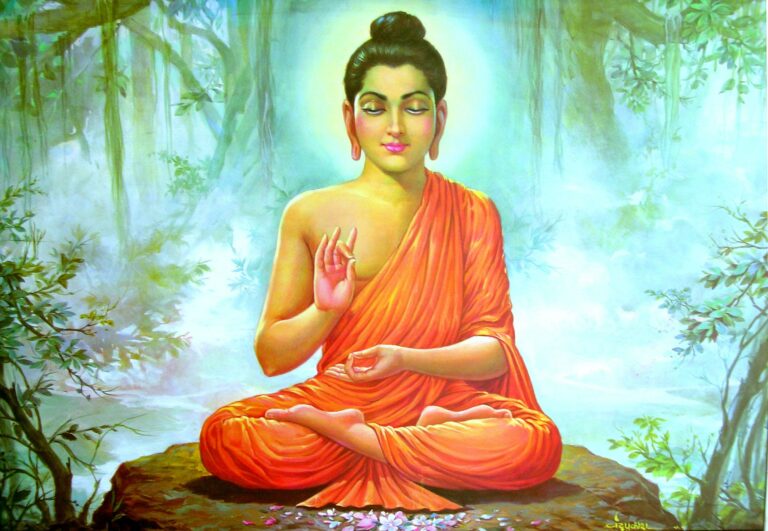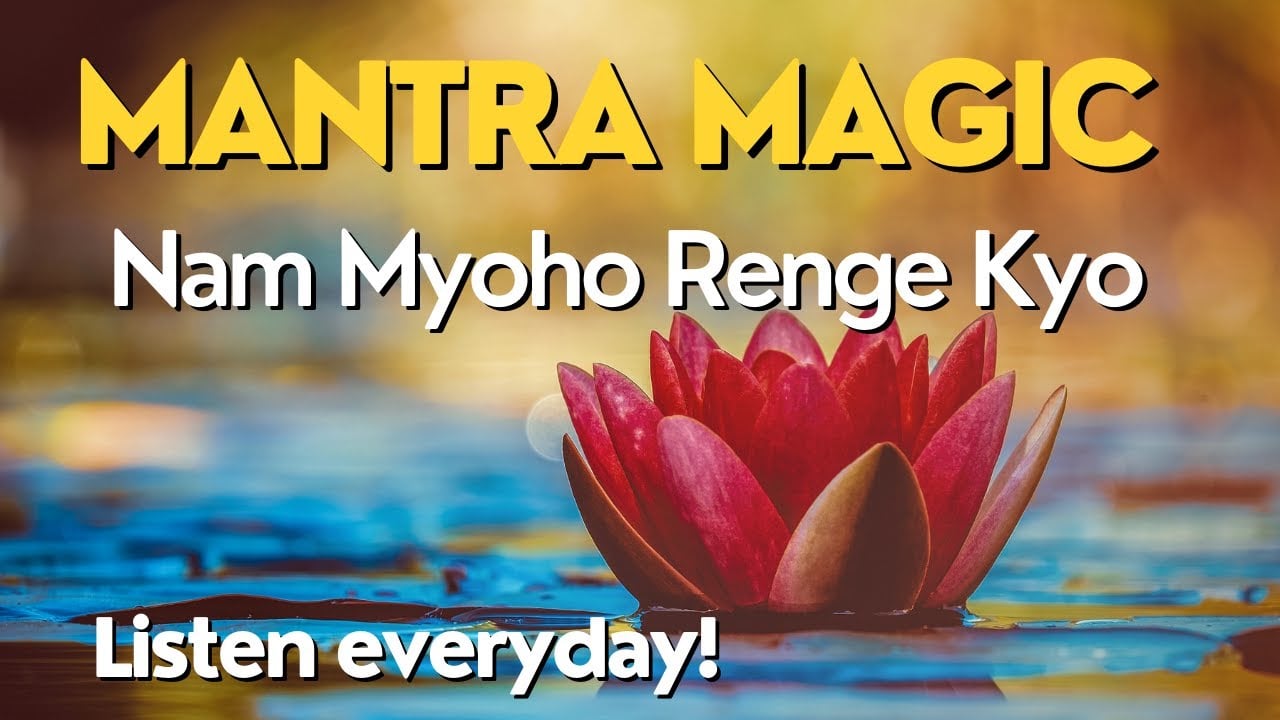
Osho, the Indian mystic, spiritual teacher and a controversial one too, emphasized the importance of meditation, awareness, love, celebration, courage, creativity and humour, qualities which he viewed as suppressed by society’s belief systems and religious tradition. Osho’s teachings have had a significant impact on western and new age spirituality.
On one of our trips to Pune, I picked up a book on ‘Osho At the Feet of the Master.’ I was curious to know more about his teachings and extreme views.
So what were Acharya Rajneesh or Osho’s contributions to the world, lets take a look at his 10 commandments.
Never obey any one’s command unless it is coming from within you also.
There is no God other than life itself.
Truth is within you, do not search for it elsewhere.
Love is prayer.
To become a nothingness is the door to truth. Nothingness itself is the means, the goal and attainment.
Life is now and here.

Live wakefully.
Do not swim – float.
Die each moment so that you can be new each moment.
Do not search. That which is, is. Stop and see.
His ashram, known as the ‘Osho Meditation resort’ located in Pune, India, is one of India’s major tourist attraction. The whole vibe there is very peaceful, but the resort is too commercial. Although the Osho park can be a spiritual experience in itself – the lotus in the pond, massive bamboo plants, lush vegetation, in fact, the park is built out of a sewer running through it, gives the message of rising through adversity, unspoiled and strong.
His life was surrounded by controversy – including his lifestyle, fleet of Rolls Royce, views on sexuality and his entire business model – but at the same time its also important for us to pick out the good and let go of the rest, as long as we have open minds we can keep evolving by realising the good in everyone’s teachings!
Here’s an interesting video on Osho’s, God is not a Solution – but a Problem
Here’s one of his quote, “There is no need of any competition with anybody. You are yourself, and as you are, you are perfectly good. Accept yourself.”
For those of you who would like to meditate here are some videos that can help you meditate via different methods.
Interesting read:













